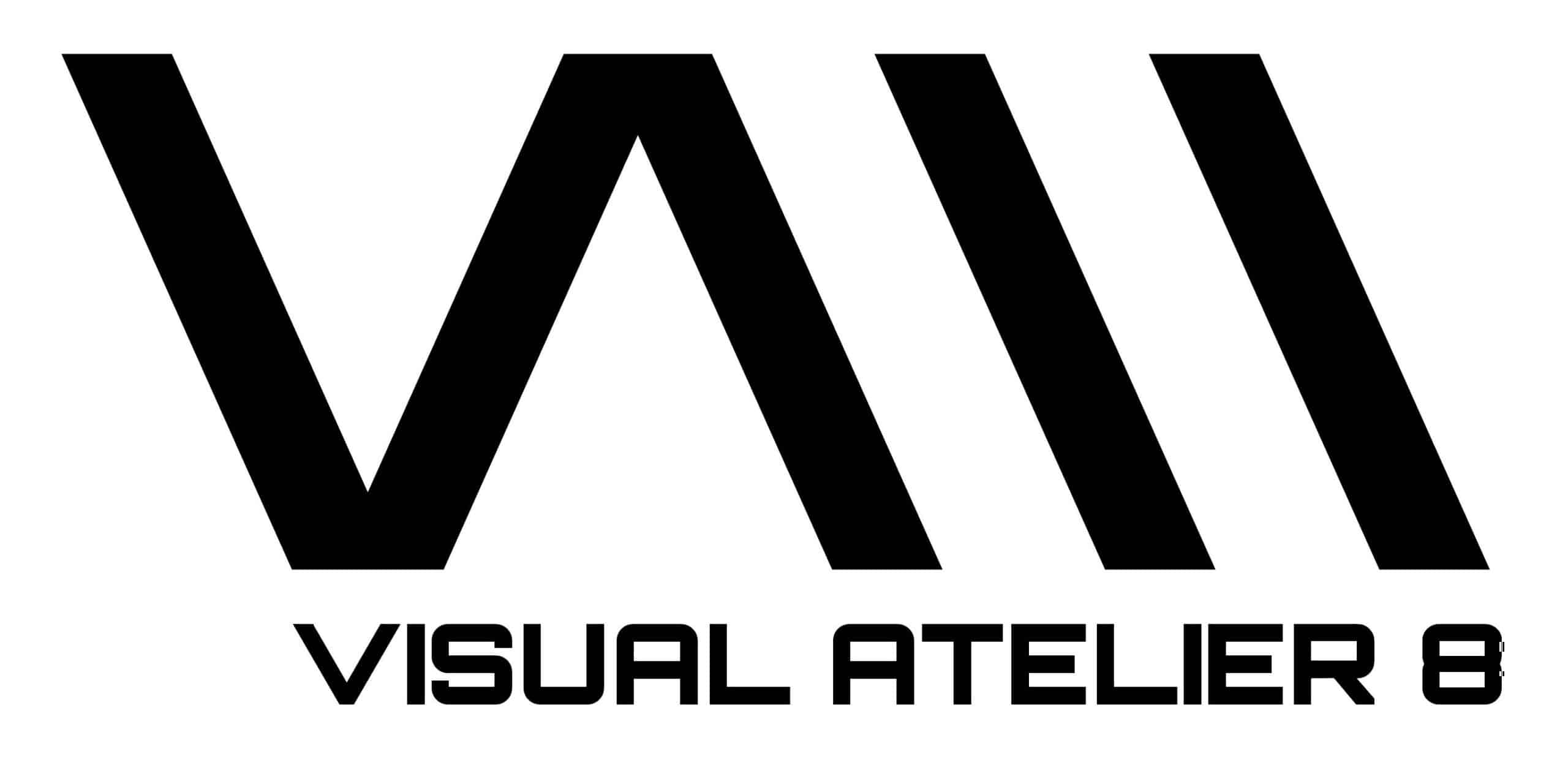
Your work with textile and fabric really makes a powerful statement with such a bold design. What inspired the shapes, forms, and textures viewers see in your work?
The work is a collision of science and craft; a product of my childhood. I grew up in a family of doctors, nurses, and scientists. The human body has always been a subject of fascination for me. Mum took me to see Body World, by Gunther von Hagens when I was a kid. It showed the human (and other animals) in all their biological, anatomical glory preserved by plastination.
I still remember this trip vividly (which is saying something as my memory is dreadful!) Combine these scientific dinner table conversations with a mum who can turn her hand to all the crafts: she can crochet, silk paint, dye, toy-make, quilt, embroider and upholster. My family home is full of fabric and threads and books on the basics of various craft. I learnt to sew as a young kid. I value the ability to hone a craft.
Quilt making has been part of my practice for some time. I began using a form of free machine quilting in my graduate collection at St Martins. I see my current work as a fusion of an extreme form of quilting and an informal study of anatomy. The layered and shaped sections simultaneously mimic the relief in a quilt and the muscles of the arms or legs. I like to let the fabric itself lead me. The fabric I use is stretchy so it allows for a glorious smoothness but also has wonderful bounce when weight is added.
It is fascinating to see how fluid each element of the eccentric bodysuits fit together so harmoniously. How do you go about envisioning and then constructing each piece?
They are constructed in sections, headpiece, hands, feet, trousers/legs, and body sections). I cut and sew the underlying garments. The shapes are then built on them using layers of wadding and jersey. Each piece is painstakingly hand-stitched on. I am quite impulsive when it comes to making.
I don’t work from drawings, but I wear the pieces throughout the making process to check their mobility and flow. The mirror is an important tool. Colour is a key aspect to the harmony of the final piece. I dye all the fabric myself so I have complete control over the palette. The soft colours are not that of real flesh yet the shape of flesh and muscle are clear and familiar.
Had the colours been too close to internal flesh or external skin the whole atmosphere of the work would be different. I tend to make the head first. This will then dictate the personality and character of the final piece. There is not much drawing or planning; more day dreaming! I am so aware of how long they take to make that I just get on with it..

What have been some challenges with making art with fabric, especially incorporating a wearable, practical factor to it?
It is a problematic territory. They cross multiple disciplines; art, fashion, performance. Initially, I thought it was a negative that they could not be categorised. But it many ways it adds to the intrigue, awkwardly aligning with multiple disciplines is an interesting place to exist. A female artist making art with fabric can be problematic. It is easy to get categorised as ‘craft’ or ‘twee’ because you are using stitch. Personally, I believe craft should not be a dirty word in art.
There should absolutely be an element of craftsmanship involved. Fabric and stitch lend themselves so beautifully to representations of the body. They are soft, tactile, and mobile; just like living flesh and skin. So, the choice of the medium makes sense to me. However, because of the medium, it can still be devalued in art compared to a piece made from bronze or found objects. The other obvious problem with performance art is; there is nothing to sell! People always ask me how I make money. I’ll work out an answer at some point…
Can you tell us your perspective on how bodily forms and art become intersected?
We (as humans) have been and always will be fascinated by the body: How the body works inside; both psychological and physiological and how we can transform and change it on the outside. It is inevitable that art also looks at the body. For me, I enjoy looking at the relationship we have with our bodies. We are only ever given one vessel to exist in. Bodies are so unbelievably different despite being made from the same components. I suppose my interest is more of a celebration of this incredible creation; the body.

If your work could speak for itself, what sort of message or action would it portray?
They are sentient beings. They do speak for themselves! Each piece is an individual and has its own character. Burt and Hillary are currently inhabiting my living space. They say enjoy dancing naked in your own way. They say celebrate flesh, form, and living.
It seems like your pieces carry an identity to a degree, as they bear names such as “Lippy” and “Burt.” What is your philosophy behind titling your works as such?
I like to humanise inanimate objects. This family are obvious characters in their own right. It would feel wrong to just call them ‘untitled 2’. Naming them brings them to life as real individuals, which is in part what this is about; we are all unique. Naming them is like naming a child (I guess)! There are five. Lippy- was the first, the prototype.
Clive came next, he is the most cheerful in is pallid blue hues. Burt is the babe, he is my favourite. He has the grumpiest expression but also has the most sass. He has catfish-like barbells on his face. Then came Dave, Dave is special as he was made on request for my dad (Dave). And finally, there is Hillary. Hillary gets the boob scarf.

Your practice extends into performance, tell us about your thoughts when channeling your craft into a more motion-based avenue?
My natural working practice involves the fabrics and materials and the act of making. This is where I am most comfortable. However, seeing these ‘flesh suits/sculptures’ come alive has opened up a whole new creative realm that I am joyfully exploring. Burt and the family are beautiful when motionless but bringing them to life adds a whole other dimension. They are designed to be moved in, so it is natural that I document their living, moving, selves. It adds a whole new layer to the work.
They become much more empowered, much more confident when in motion. I wish to explore their dynamism and movement by bringing other creatives in from other disciplines. I tend to work alone but I feel like it is time to work in a more collaborative way. It has the protentional to create an exciting film and or performance work. However, my timing is dreadful to start collaborative projects. For obvious reasons, this project has been put on hold and I have resumed my insular working practice.
With the current climate considering many countries under lockdown due to the coronavirus, tell us about how you are persevering in your craft during this time.
It is a strange time. I was in the middle of a studio residency in London with my first solo show planned for the beginning of May which has obviously been postponed. As mentioned above I was just bringing in new people and new elements into my practice. It is a blow in terms of momentum and a huge disappointment. But perspective is key. I am fortunate. Like many artists, I am naturally a solitary worker and I can still be productive in a home environment.
These are exceptional times to be living in and it is a good time to reflect and find positivity in the chaos. Never before has the whole global community united in such a way. Perhaps I am an optimist but I hope some good will come of this with regards to slowing down, environment recovery, and connectivity. I am also very aware that for some people they will be working harder than ever and it is these people we need to support in any way we can. I would suggest investing in good hand cream as my hands are so dry from all the washing.



INFORMATION
All images courtesy of Daisy Collingridge, shared with permission

